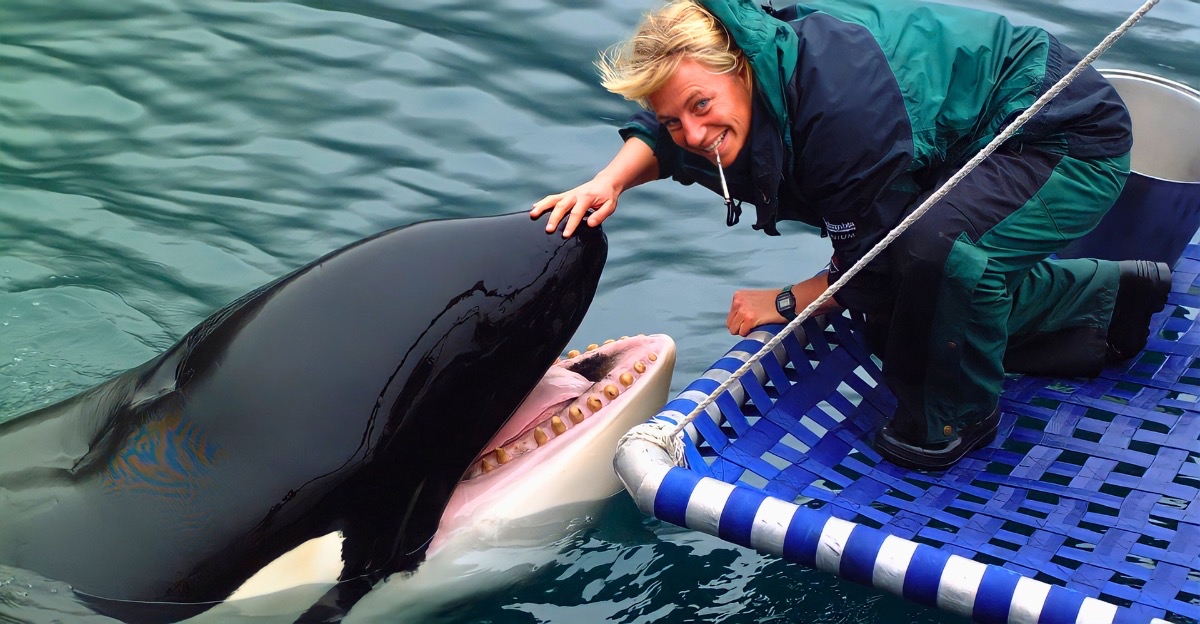
Imagine encountering a wild predator that approaches you and offers you a gift. What if these creatures are trying to communicate or even build a bond with humans? This mysterious behavior has been documented across the globe, leaving scientists puzzled and intrigued. Such acts challenge our understanding of wild animals as distant and untouchable, suggesting a hidden layer of interaction between humans and nature.
Could these gestures be connection attempts, or are they more complex, perhaps a new form of communication or social behavior? The ocean and wilderness may hide secrets about animal intelligence and social dynamics that we are only beginning to glimpse. This unfolding mystery invites us to rethink our role in the natural world and the possibilities of interspecies relationships.
A Global Phenomenon: Unusual Animal Encounters
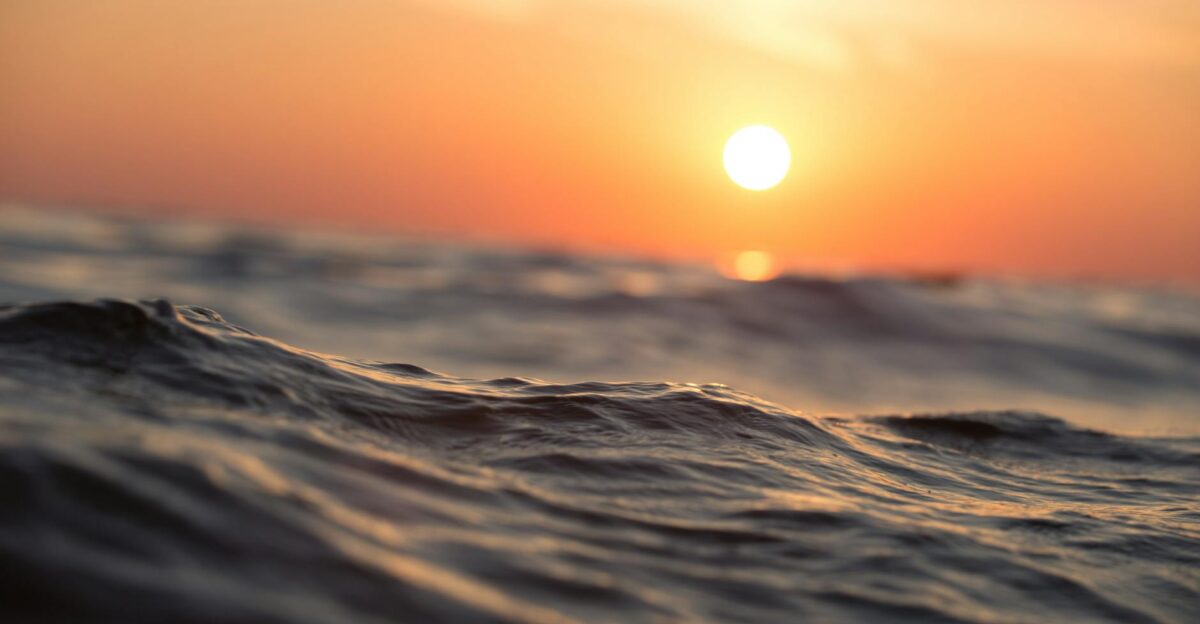
This phenomenon isn’t isolated; it spans oceans from the coasts of California to New Zealand and Norway. Reports of wild animals engaging with humans in unusual ways have surfaced worldwide, sparking curiosity and debate. If wild creatures deliberately interact with people, it raises profound questions about how we coexist with other species.
Are these behaviors signs of increasing animal intelligence, cultural shifts in wildlife, or responses to changing ecosystems? Such interactions could reshape our understanding of nature’s boundaries and the evolving relationship between humans and wildlife. The stakes are high: these encounters may influence conservation efforts and challenge long-held assumptions about wild animals’ wariness or hostility toward humans. This global trend hints at a deeper, possibly transformative connection between species.
Childhood Memories: Gifts and Friendship in the Animal World
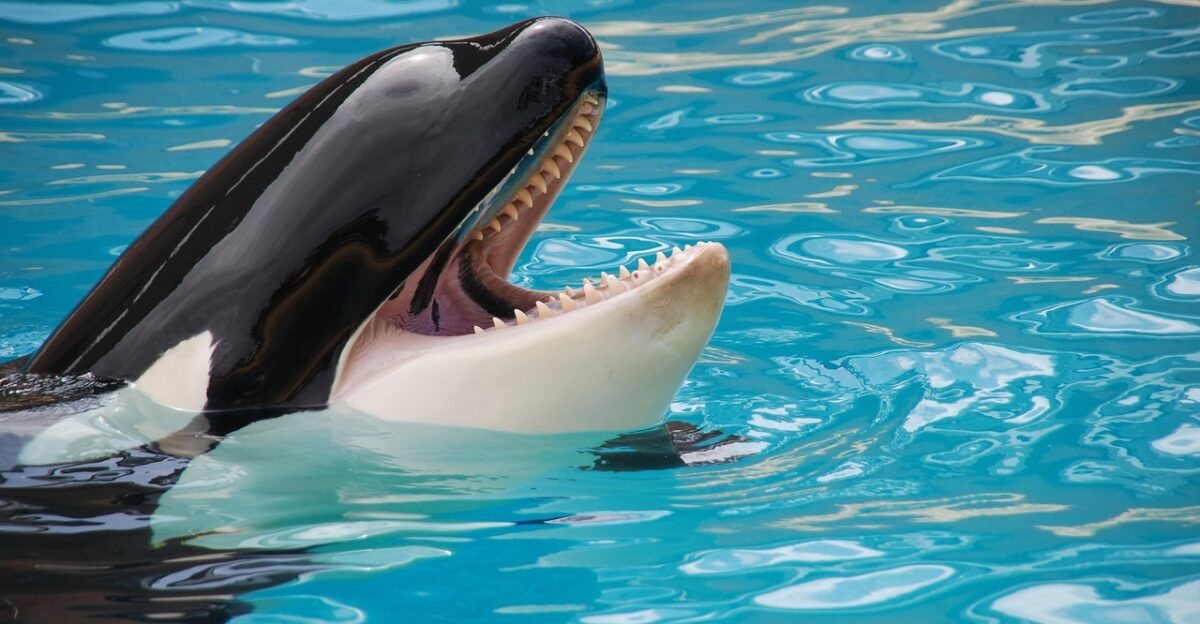
Remember childhood stories of animals sharing food or gifts as signs of friendship or trust. We often see this in domesticated pets, where such behaviors symbolize bonding and affection. But what if wild animals show similar behaviors, challenging what we thought we knew about nature’s strict divide between wildness and domestication? These acts of sharing or offering are potent symbols of connection, suggesting that the roots of friendship and cooperation might extend far beyond human experience.
Observing such behaviors in the wild invites us to reconsider animals’ emotional and social lives, blurring the line between “us” and “them.” This nostalgic lens helps us appreciate the profound implications of animals reaching out, perhaps seeking trust or understanding.
Fleeting Moments: The Rarity of Wild Animal Gifts
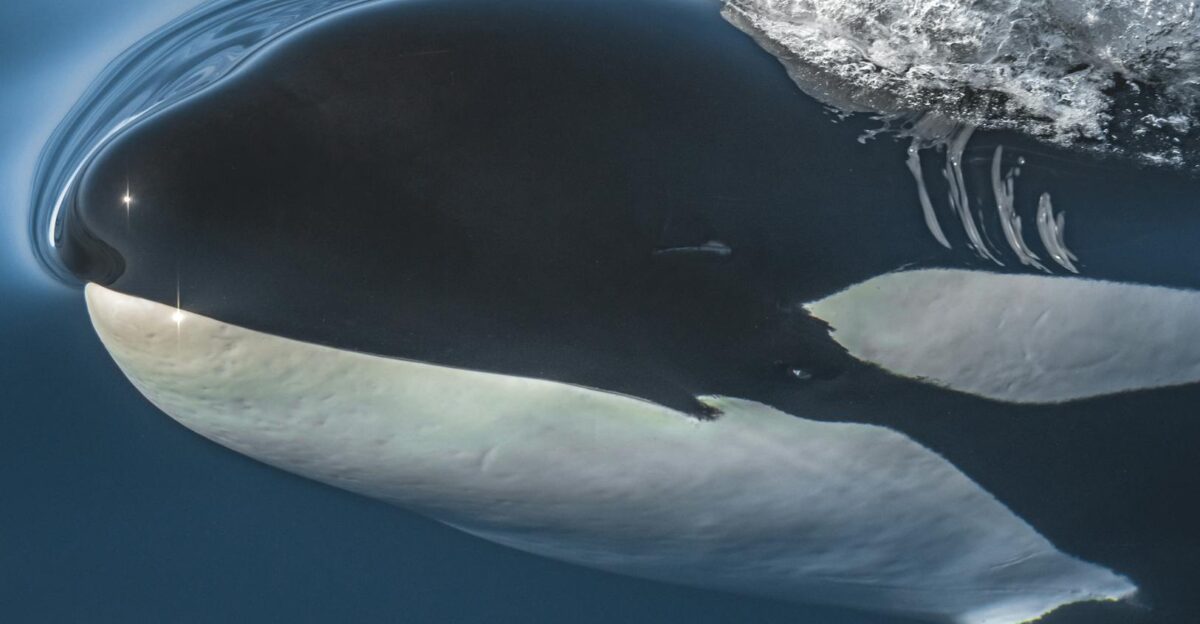
Yet, these encounters are rare and fleeting. Most wild animals avoid humans, and many species remain wary of interaction. Could this behavior be a sign of changing ecosystems, animal intelligence, or even a form of cultural evolution in the wild? The scarcity of such events makes them all the more remarkable and worthy of study.
It suggests these behaviors are not random but may have deeper social or environmental causes. Animals may be adapting to human presence or experimenting with new social strategies. Understanding why these moments happen and why they are so uncommon could reveal important insights into how wildlife navigates a world increasingly influenced by humans. This delicate balance between avoidance and engagement is a frontier for science and conservation.
Orcas Offering Prey to Humans
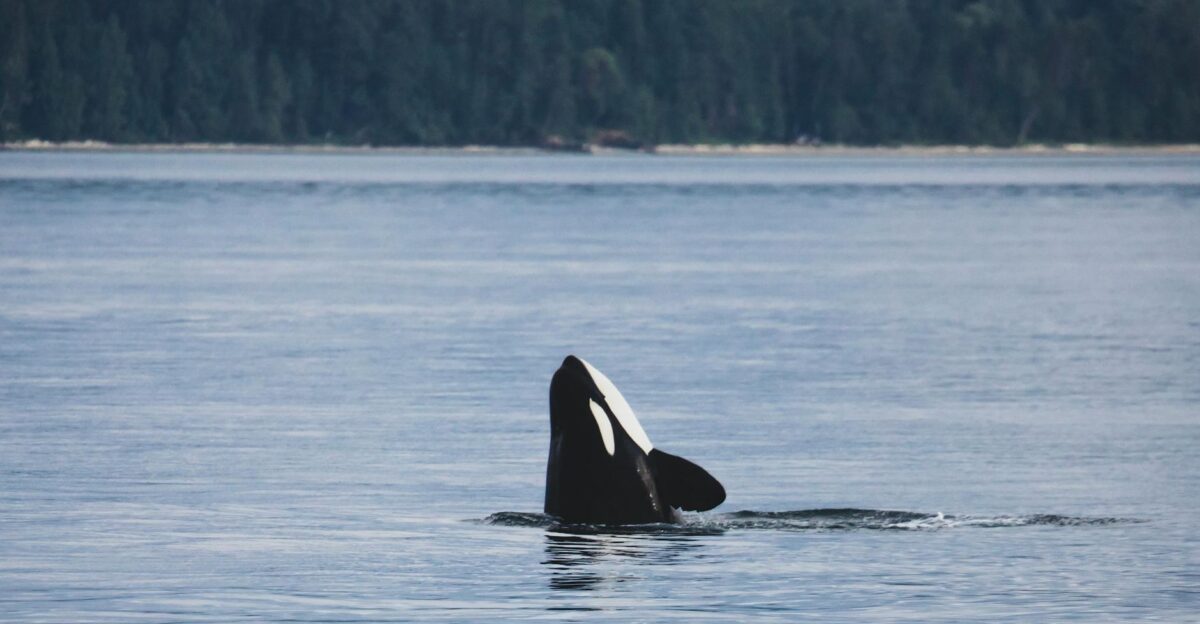
Scientists have documented wild orcas, also known as killer whales, deliberately offering prey like fish, stingrays, and even whale parts to humans. In 34 confirmed cases over 20 years, orcas dropped food near people, sometimes waiting to see how they would respond, and occasionally trying again. This behavior is unprecedented among large marine predators and suggests a complex social interaction or communication.
The orcas’ deliberate sharing challenges the perception of them as solely fierce hunters and opens new questions about their intelligence and social culture. Are these orcas attempting to build trust, test human reactions, or teach? This discovery is a rare glimpse into the minds of one of the ocean’s most enigmatic creatures, hinting at a possible new chapter in human-animal relationships.
Across Oceans: Where Orca-Human Bonds Emerge
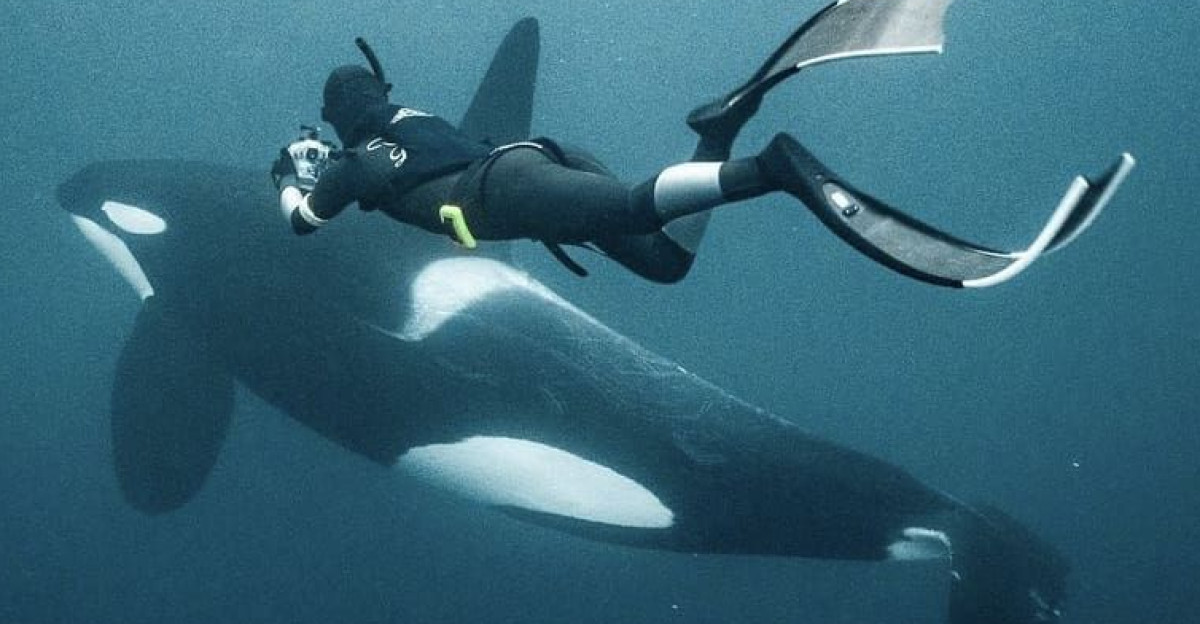
These interactions have been observed off British Columbia, Alaska, California, New Zealand, Norway, and the Patagonia coasts. Whether in the Pacific or the Southern Hemisphere, orcas are reaching out, sparking curiosity and wonder in local communities. Each region offers unique cultural and ecological contexts, yet the orcas’ behavior is strikingly consistent. These geographic hotspots have become living laboratories for studying orca social dynamics and their evolving relationship with humans.
The widespread nature of these events suggests a shared orca cultural trait rather than isolated anomalies. This global footprint deepens the mystery and excitement, as scientists and locals witness an extraordinary interspecies interaction that transcends oceans and cultures.
Guardians of Knowledge: Researchers Unravel Orca Mysteries
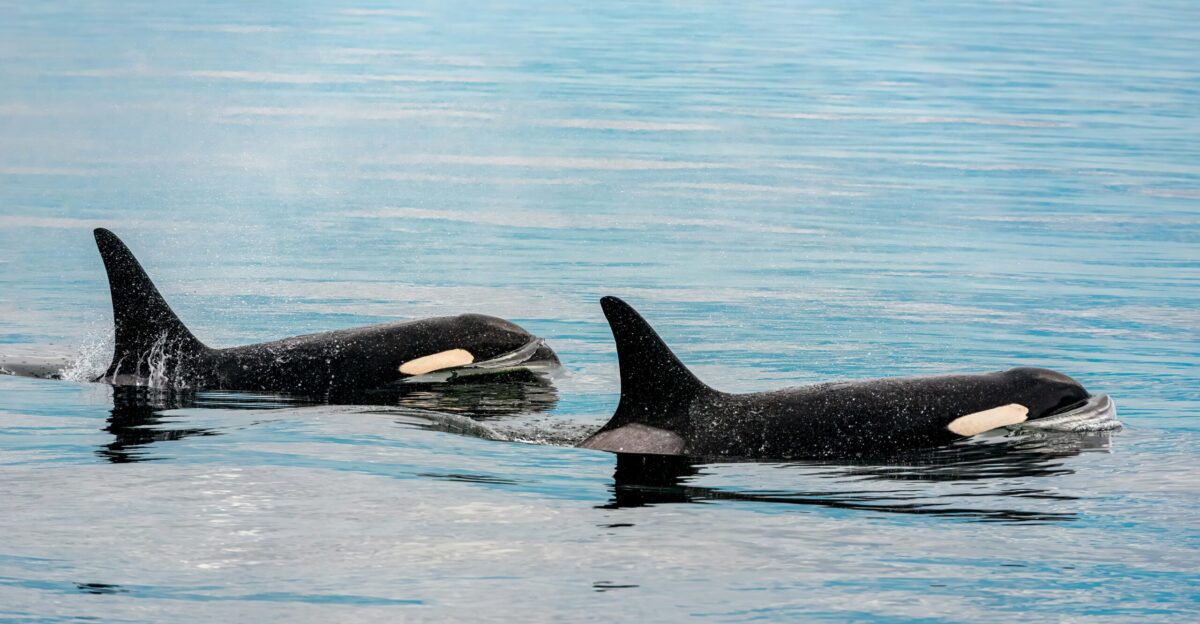
Behind these encounters are the researchers and local experts who have spent years studying orca populations. Their work reveals the orcas’ intelligence and the challenges of understanding and protecting these complex social animals in a changing world. These scientists document behaviors, track individual orcas, and engage with communities to piece together the significance of food-sharing.
Their efforts highlight the delicate balance between observation and intervention, as human presence can aid and disrupt natural behaviors. The researchers’ insights deepen our appreciation of orcas as sentient beings with rich social lives, while emphasizing the urgency of conservation in the face of environmental threats. Their dedication is key to unlocking the secrets behind these extraordinary interactions.
Ocean Rivals: Intelligence and Social Complexity Among Marine Mammals
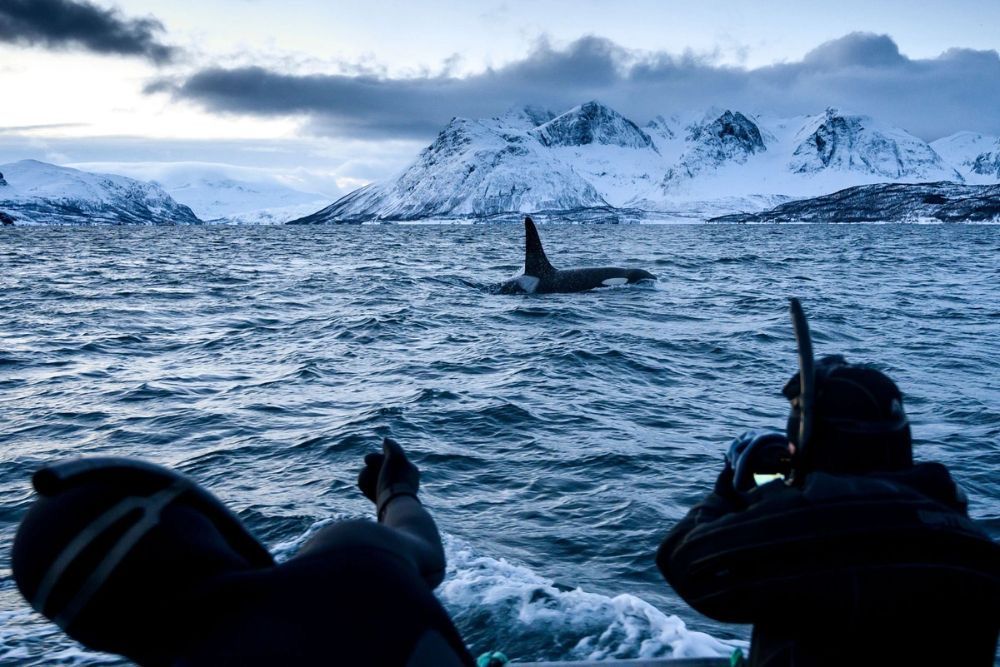
Orcas aren’t the only marine mammals showing surprising behaviors. Other species, like dolphins and sperm whales, display complex social interactions and defensive tactics. The ocean is a competitive arena where intelligence and social bonds can mean survival. These mammals use communication, cooperation, and sometimes even strategic deception to navigate their environments and predators.
The orcas’ food-sharing fits into a broader pattern of sophisticated marine mammal behavior, suggesting that social complexity is a key evolutionary advantage in the ocean. Understanding these dynamics helps us see marine life not just as isolated species but as participants in intricate social networks, constantly adapting and evolving.
Evolving Relationships: Are Orcas Self-Domesticating?
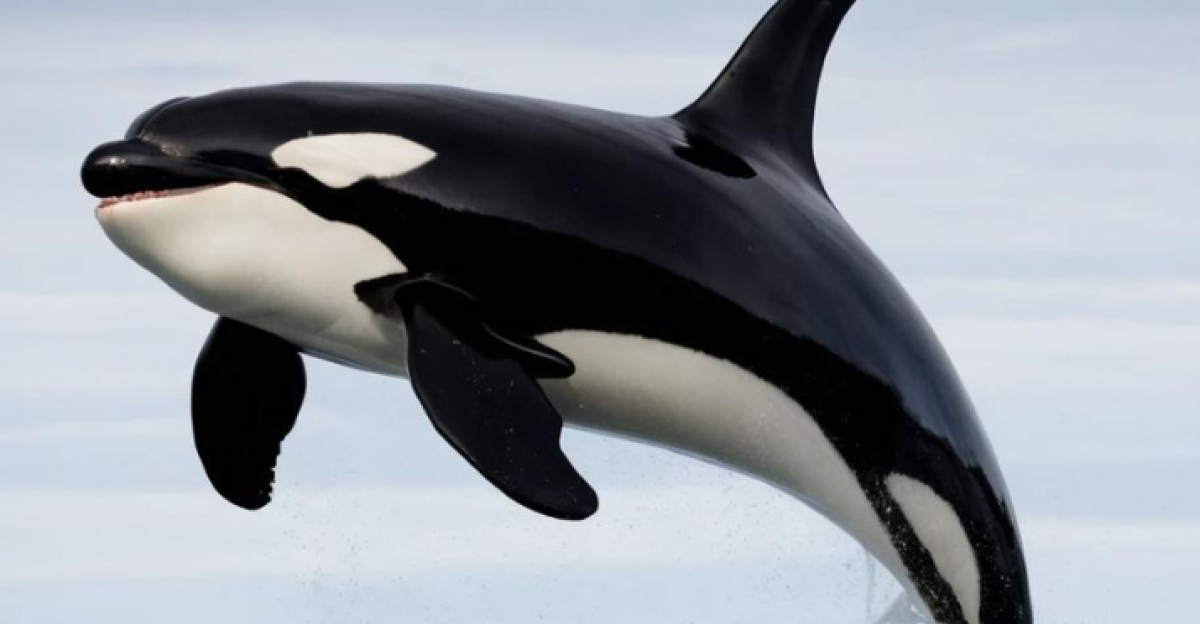
Just as human habits evolve, so do animal behaviors. The orcas’ food-sharing with humans might reflect learned cultural practices or attempts to explore new social dynamics, perhaps even a form of ‘self-domestication’ similar to what wolves experienced millennia ago. Self-domestication involves animals gradually adapting to coexist with humans by reducing aggression and increasing social tolerance. If orcas are on a similar path, it could redefine how we think about wildness and domestication.
This behavior might be a pioneering step toward mutual understanding and coexistence, shaped by environmental pressures and social learning. The idea challenges traditional views of predator-prey relationships and opens exciting avenues for research into animal culture and evolution.
The Future of Human-Orca Connections
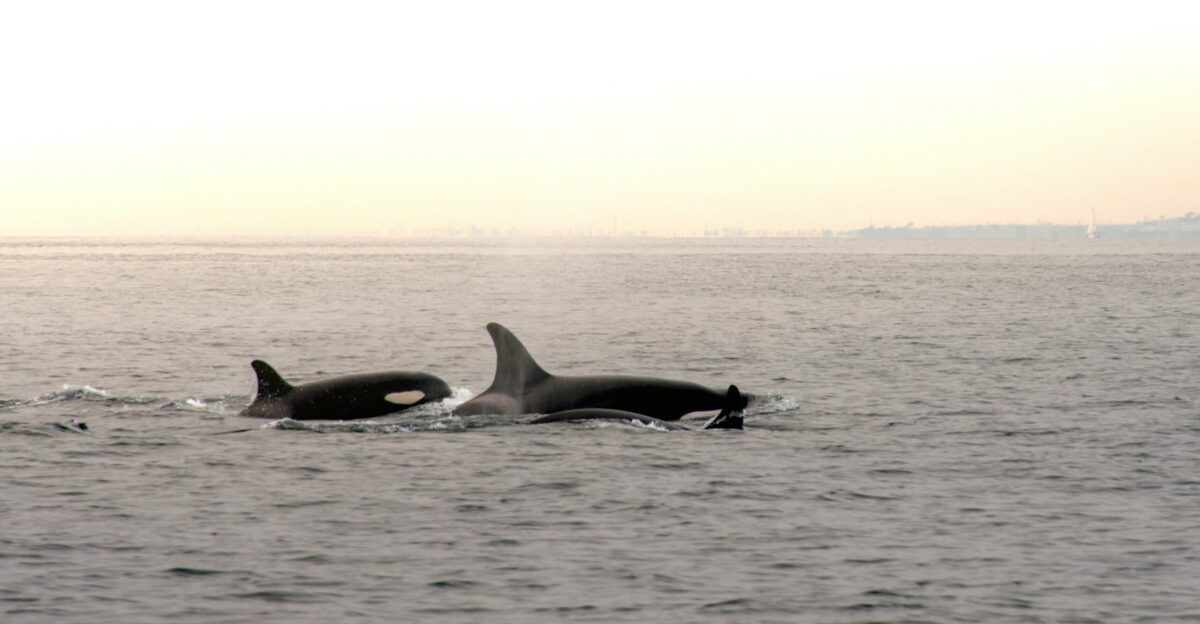
As we uncover these remarkable behaviors, one question remains: Are we witnessing the early stages of a new relationship between humans and wild orcas? What might this mean for future conservation and our understanding of animal intelligence? These interactions could herald a shift toward more profound empathy and cooperation between species.
They challenge us to rethink conservation strategies, emphasizing respect and communication rather than control. The story of orcas sharing their prey invites us to imagine a future where humans and wildlife engage in mutual exchange and understanding. This evolving relationship is a powerful reminder of nature’s complexity and our role within it, an open-ended journey that science and society are just beginning to explore.







